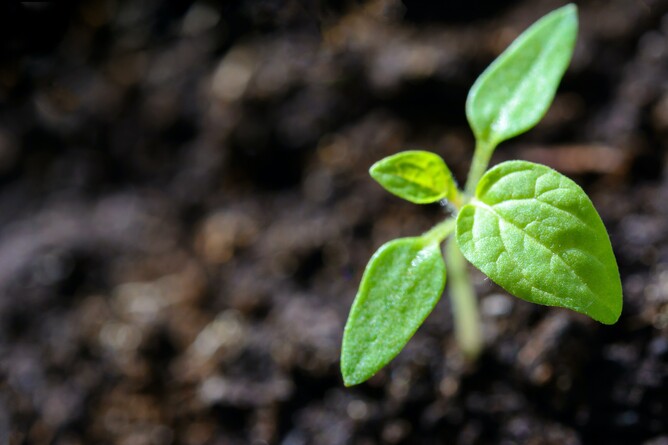Composting is an essential part of sustainable and regenerative agriculture, as it helps to reduce waste and produce nutrient-rich soil for crops. However, composting in temperate climates can be challenging due to the fluctuating temperature and weather conditions. Luckily, there are three effective methods for composting in temperate climates that can help to produce high-quality compost year-round.
Hot Composting
What is Hot Composting?
Hot composting is a method of composting that involves creating a pile of organic materials that generates high temperatures as it decomposes. The pile is turned regularly to aerate and evenly distribute heat, which promotes efficient composting. This method is particularly effective in temperate climates because it generates heat naturally, allowing for composting year-round. Hot composting also produces high-quality compost in a relatively short amount of time.
The quick how-to
To hot compost, start by building a pile of organic materials that is at least 3 feet in height and width. The pile should contain a balance of browns (carbon-rich materials) and greens (nitrogen-rich materials). Then, turn the pile regularly to aerate and evenly distribute heat. The heat generated during hot composting is produced by microorganisms breaking down the organic matter. These microorganisms require oxygen and moisture to thrive, which is why regular turning and proper moisture levels are essential for successful hot composting.
Aerated Static Pile Composting
What is Aerated Static Pile Composting?
Aerated static pile composting is another effective method of composting in temperate climates. This method involves creating a pile of organic materials that is aerated with a fan or blower system to promote efficient composting. The pile is typically covered to retain heat and moisture, which is important in temperate climates where the temperature can fluctuate. This method produces high-quality compost in a relatively short amount of time.
The quick how-to
To aerated static pile compost, start by building a pile of organic materials that is at least 3 feet in height and width. The pile should contain a balance of browns (carbon-rich materials) and greens (nitrogen-rich materials). Then, use a fan or blower system to aerate the pile and evenly distribute heat. The pile should be covered to retain heat and moisture, which will help promote efficient composting.
Bokashi Composting
What is Bokashi Composting?
Bokashi composting is a method of composting that involves fermenting organic materials with a mixture of beneficial microbes. This method is particularly effective in temperate climates because it can be done indoors or outdoors, and the fermented materials can be composted in a relatively short amount of time. Bokashi composting is also a good option for those with limited space because it can be done in a small container.
The quick how-to
To bokashi compost, start by adding organic materials to a container, such as a bucket, and sprinkle the bokashi mixture on top. The bokashi mixture contains beneficial microbes that will ferment the organic materials. Once the container is full, let it ferment for several weeks. The fermented materials can then be buried in soil or added to a compost pile to finish composting.
Summary
By using one or more of these effective composting methods in temperate climates, you can produce high-quality compost and reduce waste in a sustainable and regenerative way. Hot composting, aerated static pile composting, and bokashi composting are all excellent options for composting in temperate climates, and each method offers unique benefits. Whether you have limited space, a large-scale operation, or want to produce high-quality compost quickly, there is a composting method that will work for you



